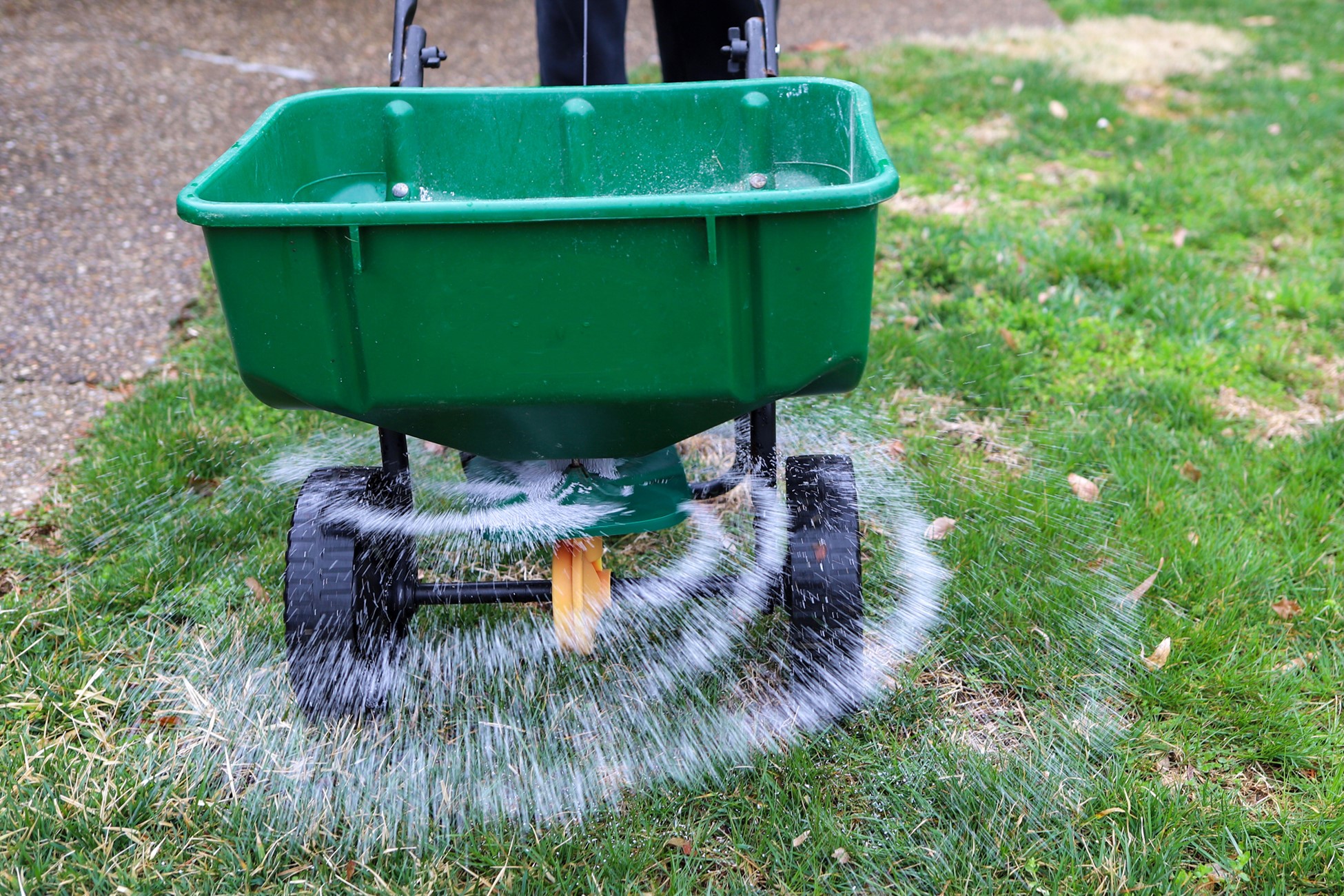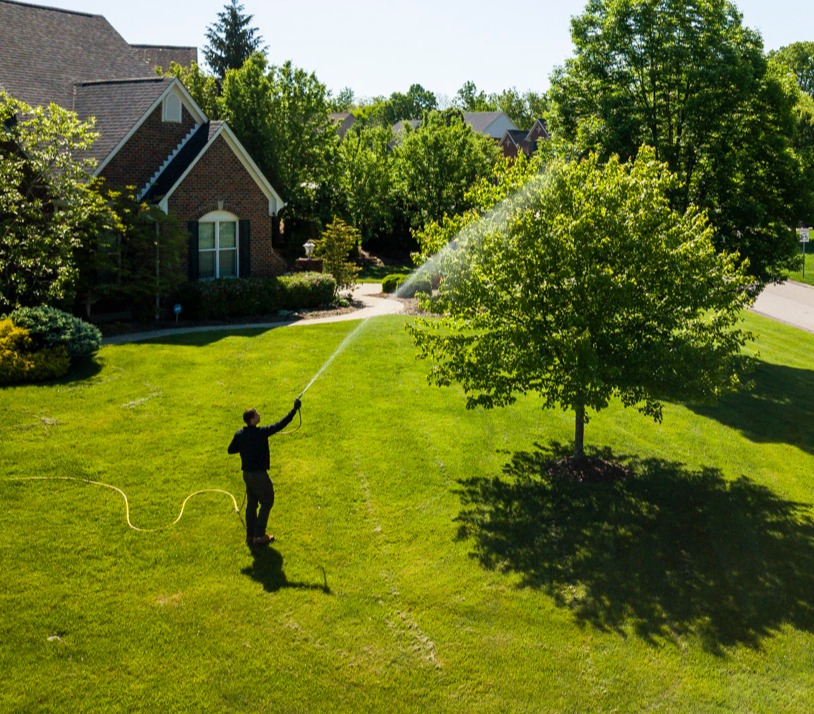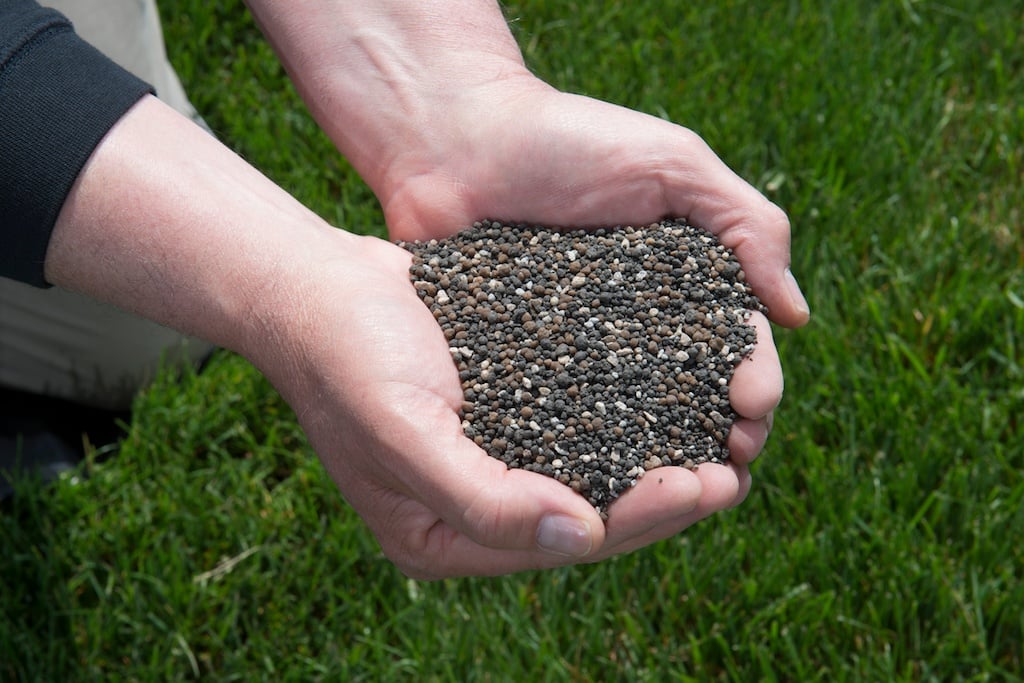
For homeowners, gardeners and lawn care enthusiasts striving to achieve that perfect green patch, understanding the delicate balance of soil health is crucial. An often overlooked but incredibly beneficial aspect of lawn maintenance is the use of limestone. This natural mineral can transform your lawn, ensuring its vitality and health. Here’s how incorporating limestone into your lawn care regimen can address grass acidity and promote lush, vigorous growth.
The Battle Against Lawn Acidity with Limestone
The foundation of a thriving lawn is the pH level of the soil. When soil becomes too acidic, it can hinder the grass’s ability to absorb essential nutrients, resulting in a less than lush appearance. Enter limestone, the garden’s best friend when it comes to neutralizing soil acidity. But before we delve into its benefits, let’s discuss what lime actually is.
What exactly is lime?
Lime, or limestone, is a natural mineral composed mainly of calcium carbonate. It is widely used in agriculture to adjust soil pH levels to a level closer to neutral, which is the sweet spot for effectively absorbing nutrients. This adjustment can make a big difference in the health and appearance of your lawn.
How to Tell If Your Lawn Needs Lime
Determining whether your lawn could benefit from lime starts with a simple soil test, which you can obtain from local extension services or lawn care professionals. This test will reveal the current pH level of your soil. A pH below 6.0 is a telltale sign that your lawn may be too acidic and could benefit from limestone application. Symptoms of an acidic lawn also include moss growth, weeds that thrive in acidic conditions, and yellow, patchy areas of grass.
The Limestone Application Process
Adding limestone to your lawn involves more than just sprinkling it onto your lawn. The process must be thoughtful and measured, ensuring that the mineral is evenly distributed and incorporated into the soil. The best times to apply limestone are during the fall or early spring, which allows the soil to absorb the lime and adjust the pH before the best growing seasons. The amount of limestone needed depends on the initial acidity level of the soil, with more acidic soils requiring greater application.
Key steps for limestone application:
- Test the soil: Accurately determine the pH level of your lawn to understand the amount of lime needed.
- Choose the right type: Limestone comes in different forms, including powder and granules. Choose one that suits your application method and grass size.
- Equitable distribution: Make sure the lime is evenly distributed throughout the area that needs treatment. Using a grass spreader can achieve a more uniform application.
- Incorporate into the soil: For lime to be effective, contact with the ground is necessary. Lightly watering the lawn after application can help the lime soak into the soil.
- Patience and maintenance: Lime needs time to adjust the pH level of the soil. Retest the soil annually and apply more lime as needed, maintaining regular lawn care practices to maintain its health and beauty.







